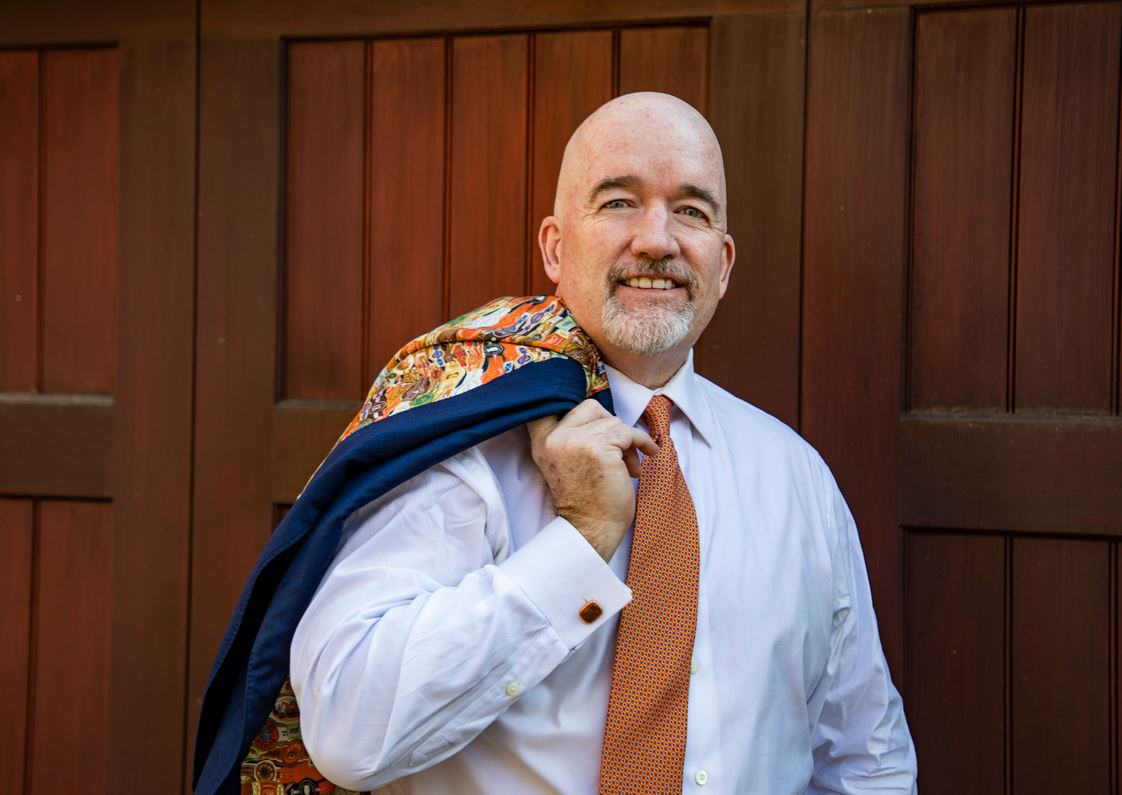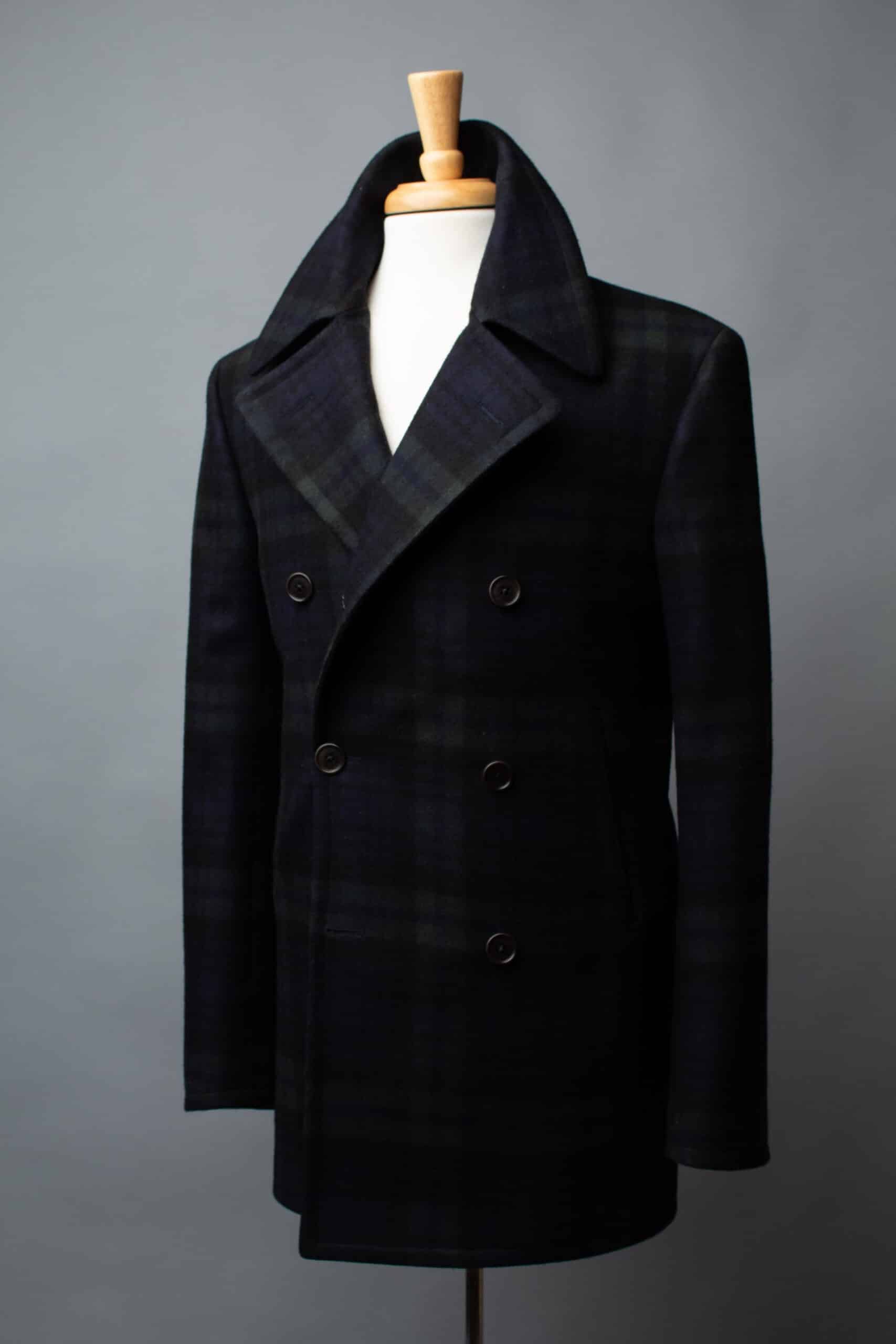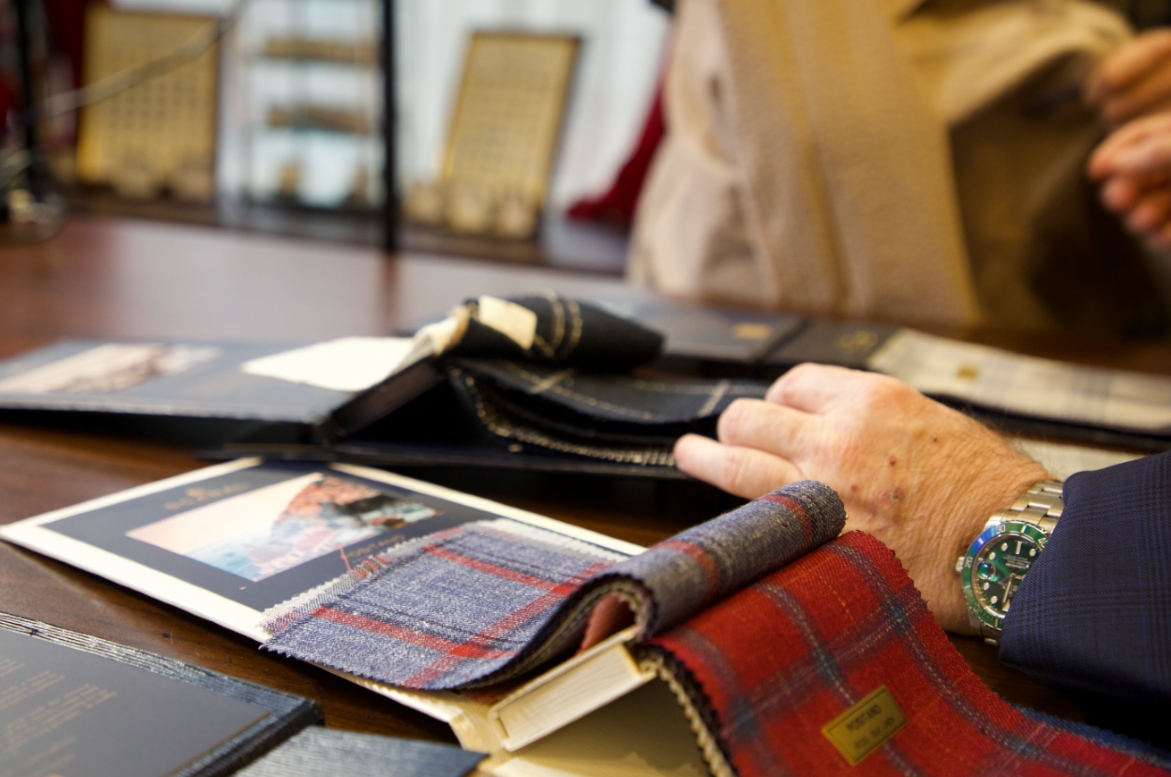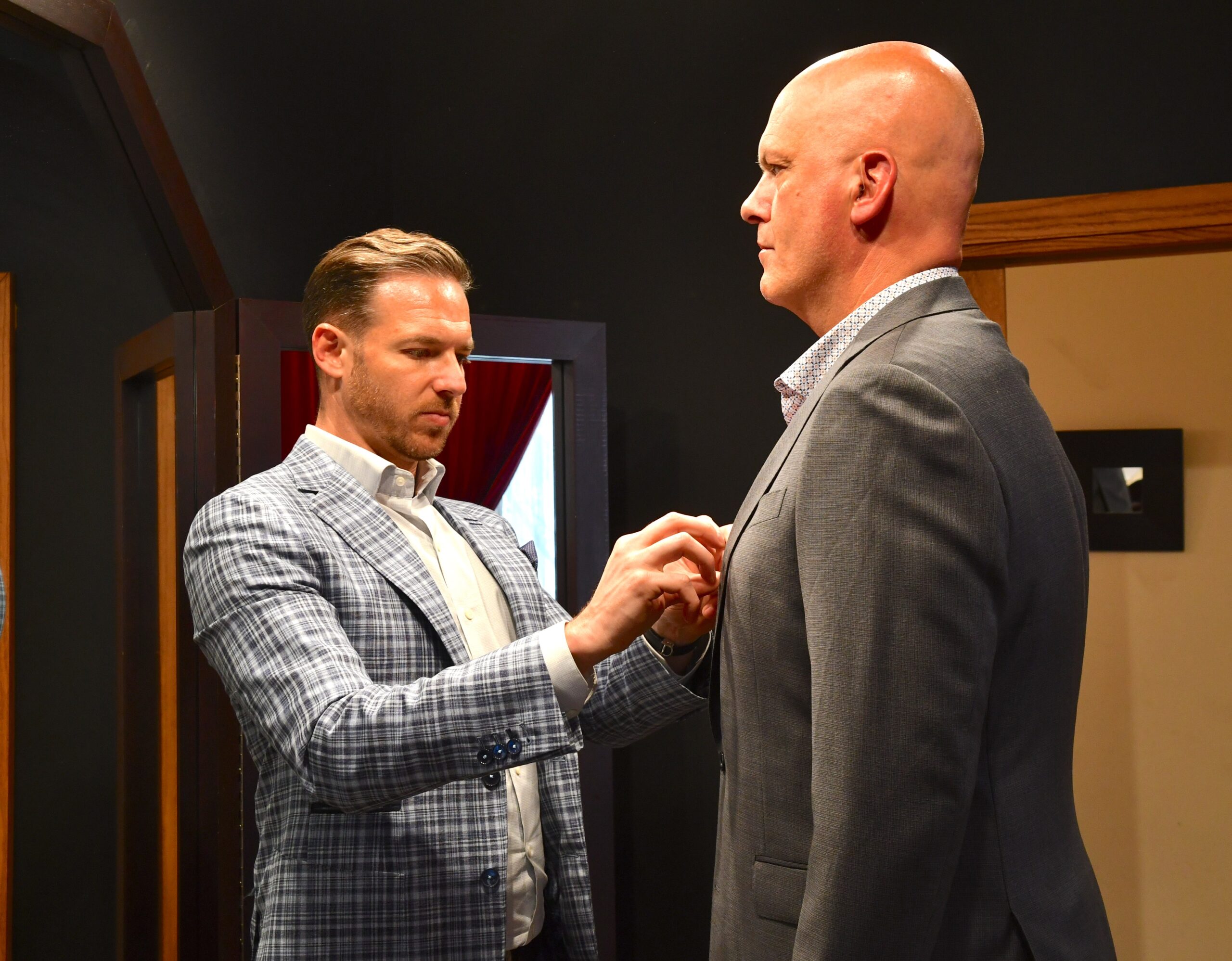In the 19 years we’ve been in business, we’ve heard this question a million and one times: “How can I tell if a suit is high quality?” The Internet being the Wild West of information that it is, Googling this inevitably generates more questions than answers. What’s worse, the answers you’ll get are either incomplete, misguided, or flat-out incorrect.
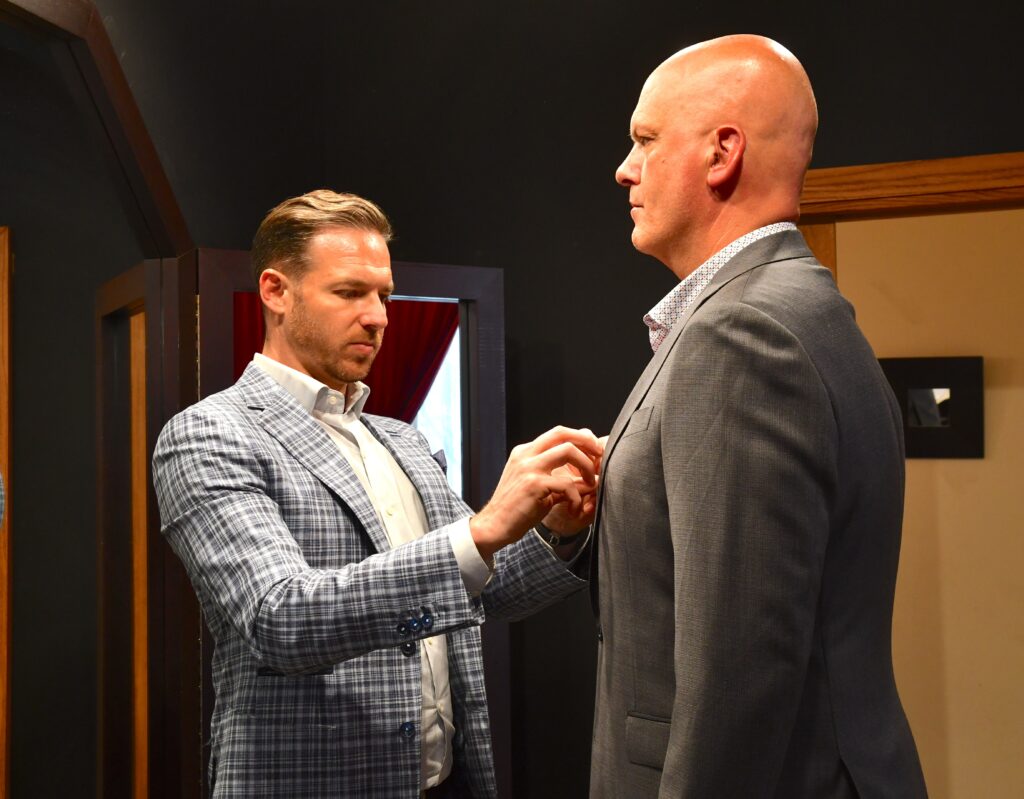
Lots of menswear blogs with well-meaning writers will create content that sounds nice but offers no actionable information. Take this copied-and-pasted paragraph as an example:
“The ability for mass-manufacturers to replicate what used to be hallmarks of a custom suit has never been greater. With that said, you still want to examine the quality of the craftsmanship and look to see how the suit comes together.”
While this advice isn’t invalid, it’s not helpful either. How do you examine the quality of the craftsmanship? What does “look to see how the suit comes together” even mean?
Spoiler alert: it doesn’t mean anything if you aren’t educated on what to look for and how to look for it. A high-quality suit’s price is very often north of $2,000, so this education is crucial in helping you understand what you’re buying and what to expect from it in terms of overall value. Buying decisions become much easier once you become one of the cognoscenti.
With this in mind, we’ve created an exhaustive, comprehensive guide to understanding what makes a good suit good. The goal is to teach you how to think about suit quality, which will help you determine which suits are well-made and which ones aren’t.
To judge the quality of any tailored men’s garment, all we need are three “buckets” to think about:
- Construction
- Fit
- Fabric
In a nutshell, if your suit is constructed well, fits you in a flattering way, and uses a well-made cloth, voila, you have a high-quality suit.
Construction
Anyone who knows what they’re talking about will immediately bring up canvas as a make-or-break factor in whether or not a suit is worth wearing. Please note that discussions of canvas pertain to jackets only; pants don’t utilize canvas to the extent that coats do. We will use the terms “jacket,” “coat,” and “suit” interchangeably for the purposes of this discussion.
Though you won’t see a suit’s canvas unless you literally take it apart, it plays a major role in suit quality. So, what is canvas, and why does it matter so much?
Canvas
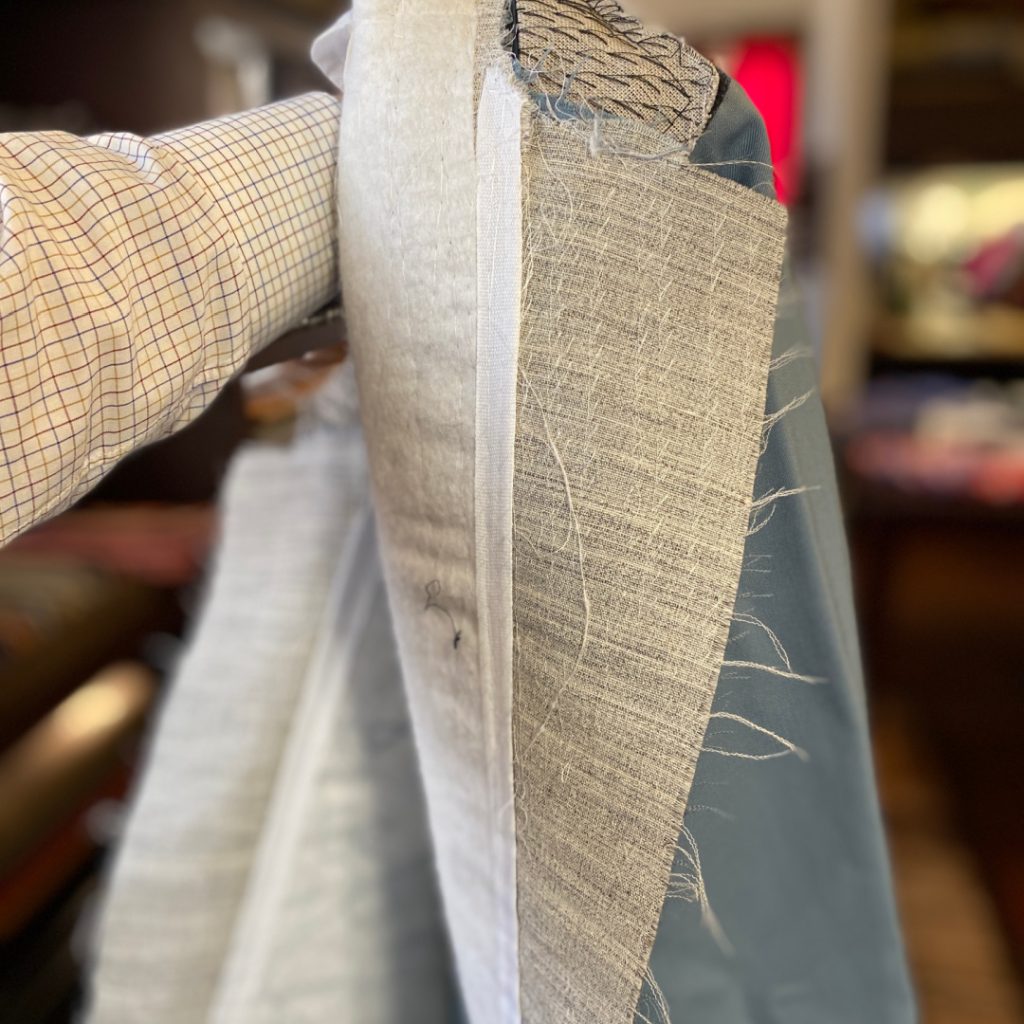
In tailored menswear, canvas refers to an interlining in a jacket that lives between its fabric (the outside part you show to the world) and lining (the inside part that makes contact with your torso). Canvas gives a coat body and structure; without it, it would flow around you like a robe.
The highest-grade suiting canvases are made from natural materials that have been woven together. Horsehair and linen are typically used for canvas, though wool and cotton ones exist as well. The best constructions involve stitching this canvas to the cloth (more on that below).
There are three “styles” of canvas that exist on the market today: full canvas, fused canvas, and half canvas.
Full Canvas: This is the oldest and costliest construction method for suits. When Henry Poole first opened his doors onto Savile Row in 1846 and made his suits by hand, he made them with full canvas. High-quality suits in the year 2019 are still made with full canvases, even the ready-to-wear ones.
Jackets with full canvas have three distinct layers: fabric, canvas, and lining. If you pinch between the buttons, you should be able to feel the canvas between the fabric and lining.
Fused Canvas: Technological advances in the 20th century allowed manufacturers to produce all manner of goods much more quickly and inexpensively than previously possible. Fused canvas suits are a perfect example. The natural woven fibers of full canvas are replaced with a synthetic, non-woven material, also (sneakily) referred to as “canvas.” This canvas is glued (not stitched) to the cloth and put through a hot roller press, effectively “fusing” the fabric to the canvas and creating what becomes a single layer of material. This fusing goes all the way through the body of the coat and into its lapels and collar.
Half Canvas: The youngest suit-making method, half canvas garments attempt to split the difference between fused and full canvases in terms of quality and price. Utilizing a “floating chest piece,” half canvas coats feature a chest piece thicker than you’d find on a fused canvas garment. They also take a machine-stitched collar, which helps to craft and handsome lapel roll.
To keep costs down, half canvas suits still use glue throughout the garment in place of stitching.
Key Differences Between Canvas Types
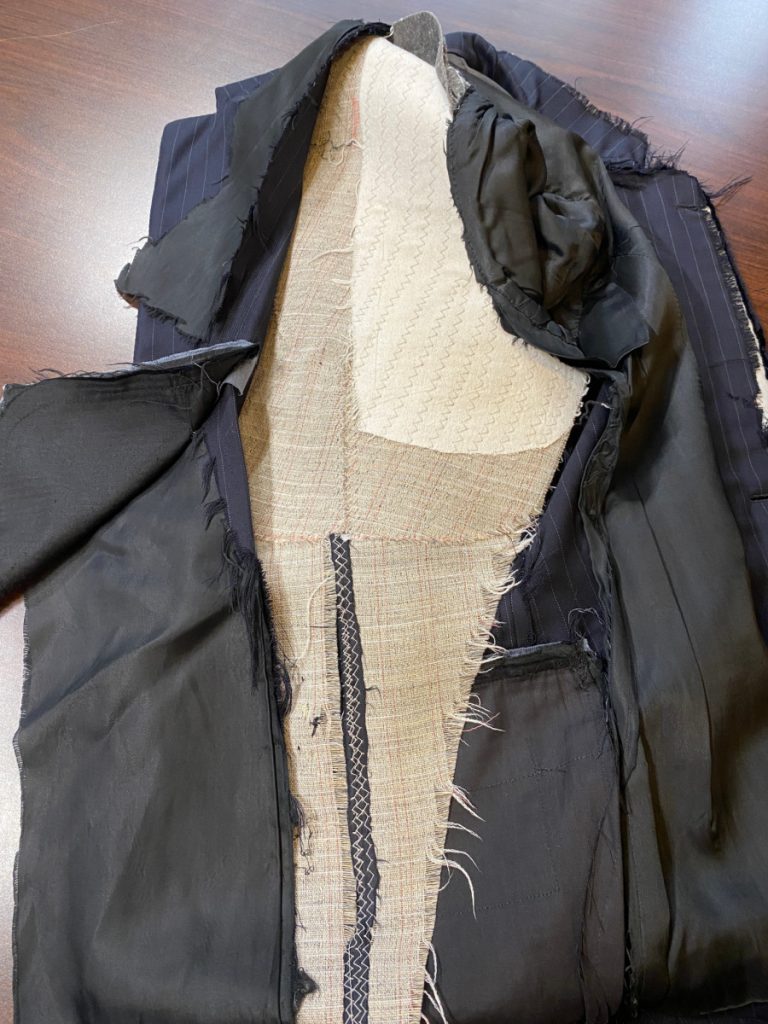
Now that you know the different types of canvases offered, it’s time to discuss their value propositions. It’s easiest to consider this in three categories:
- Lifespan
- Breathability
- Drape
Lifespan
One question we often hear is, “How long should I expect a suit to last?” Well, it depends on how the garment is made, how often you wear it, and how well you and your dry cleaner take care of it.
Let’s assume you wear a suit once every other week, or about 26 annual wears. If the garment is made with a fused canvas, you can expect 3-5 years of life on the high end. This assumes you hang your suit up properly after each wear and let it air out overnight before placing it back in its garment bag. It also assumes that you only dry clean it about twice a year (yes, only twice) and that your dry cleaner thoughtfully and carefully cleans and presses the garment.
If we take the same wear and care pattern and forklift it onto a full canvas suit, that lifespan jumps up to 20-30 years.
This is a massive difference in lifespan. How is this possible?
Remember: fused canvas jackets use glue in the manufacturing process. The thing about glue is that it breaks down over time, particularly when exposed to heat. The dry cleaning and pressing processes use plenty of heat, and this will break down the glue in the jacket. Little air pockets will become visible where the fused canvas has separated from the fabric. This is not fixable, only replaceable.
This is why we say fused canvas garments will last you 3-5 years on the high end. If your dry cleaner just blasts your jacket with steam as opposed to carefully pressing, these bubbles could show up the first time you send it to the dry cleaner, which will likely be well before the three-year mark.
Because full canvas garments do not use glue in the manufacturing process, these issues won’t ever happen. This is where the significantly increased lifespan comes from.
Breathability
Did you ever put on a lightweight coat in 65-degree weather only to go outside and feel stuffy? It’s unpleasant to say the least, but it also begs the question: what causes a lightweight jacket to feel so warm?
Once again, glue is the culprit. In this case, the synthetic canvas shares the blame too.
If using the same exact cloth, a fused canvas jacket will feel lighter than its full canvas cousin, so it seems counterintuitive that it’d feel warmer. But remember: glue doesn’t breathe, and neither do synthetic fibers. As such, wearing fused garments is akin to wearing tailored Saran Wrap.
Full canvas garments, on the other hand, lack glue and use a canvas made from natural, woven fibers. Air can pass through, and breathability is improved, keeping you more comfortable.
Drape
The last big value-add of full canvas suits is their drape, which is superior to that of fused canvas ones.
As image consultants, we talk about drape a lot. The easiest way to think about it as it relates to canvas and construction is to ask how does this jacket’s front fall from the shoulder. Are the lines crisp and clean? Can the jacket hold its shape no matter how you move?
If the answer is “yes,” then you’re probably talking about a full canvas jacket. Fused canvas jackets tend to lose their shape easily and lack a certain polish in their visual presentation.
Fit
The words ‘custom suit’ get thrown around a lot these days, so let’s take a moment to clarify what custom suiting entails. When a person refers to a custom suit, they are referring to a broader design that can be broken down into two styles: bespoke and made-to-measure.
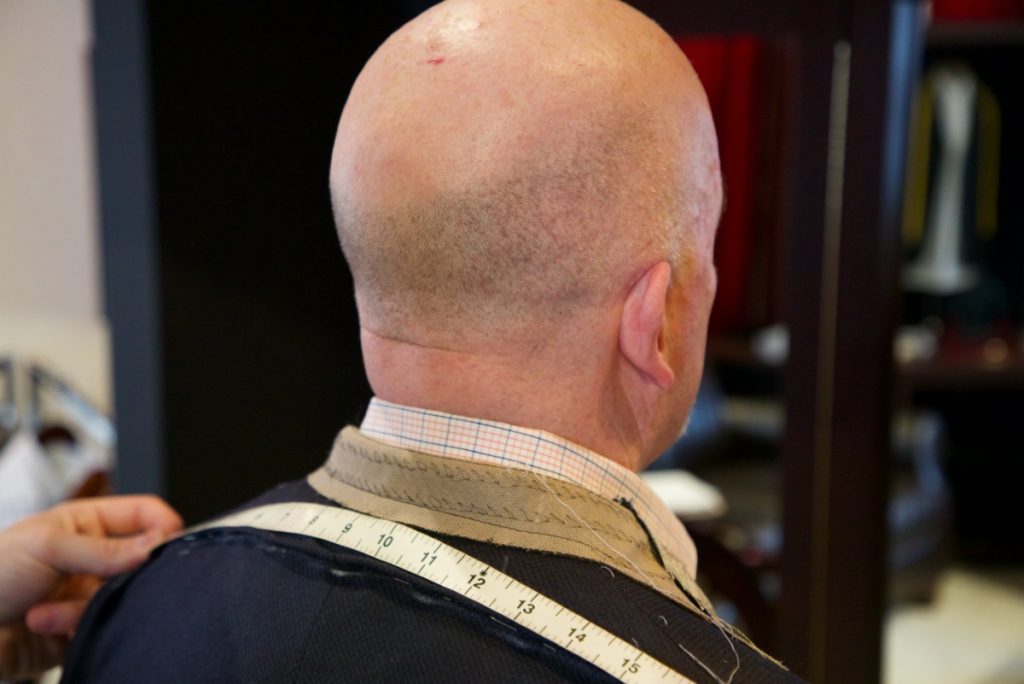
Bespoke Vs. Made To Measure
In fashion design, a pattern is a template from which the parts of a garment are traced onto fabric before being cut and assembled. Patterns are usually made of paper or materials such as cardboard.
Bespoke suits are entirely custom. Besides selecting all the design details that can be seen, the pattern used to make the garment is mathematically drafted from your exact measurements. When purchasing a bespoke suit at Henry A. Davidsen, our image consultants will take approximately 23 measurements. The tailor then uses these measurements to create the pattern that’s laid over the fabric and used to cut the suit. Before cutting your final piece, we like to have a scrap suit made. A scrap suit is a mockup of the garment made from ‘scrap’ fabric. Scrap fittings are important because during the process of creating a suit the fabric will be pressed, sewn, and manipulated. We want to avoid manipulating your final fabric as much as possible. The scrap suit allows us to make any refinements to the shape and measurements before the tailor cuts your final piece.
Made-to-measure suits still give you the freedom to select all the design options, but the pattern is constructed from a pre-existing stock size. After your measurements are taken and sent off, a tailor will alter a pre-existing pattern to your sizes. This process involves taking 23 exact measurements; however, there are limitations to how much a pattern can be altered. Pre-set ratios between the chest, shoulder, and back can only be adjusted within the same ratio.
Fabric
Wool is the fabric used for the vast majority of suits, and only merino sheep can produce superfine wool for suitings. These sheep are found in Australia and New Zealand and produce the most economically influential wool in the world.
Properties of wool:
-
- It breathes: Wool is comprised of many yarns that have been woven together. Any natural fiber that is woven together will allow air to pass through, keeping you more comfortable.
- It’s durable: If you take good care of wool, it will take good care of you. Properly maintained wool suits can last up to 30 years.
- It’s moisture-resistant. Wool has a fat in it called “lanolin,” which is water-repellant. While we don’t recommend wearing a wool suit intentionally in the rain, it’s still difficult to soak. Its hydrophilic nature means it can absorb up to 30% of its weight in moisture without feeling wet. Cotton, on the other hand, feels soaked at a measly 8%.
- It has memory: High-quality fiber has a high level of “elastic recovery,” which translates to wrinkle resistance and springiness. Furthermore, it can hold a crease in a way other fibers just can’t.
- It takes color beautifully: Wool is very sympathetic to the dyeing process, and you can find wool in just about any color imaginable.
- It’s naturally flame resistant: We advise wearing casual clothes while near open flames, but if you’re at a cigar bar and a mishap occurs, you might just be alright.
Super Numbers: How Wool is Classified
Lots of men have seen terms such as “Super 130’s wool.” Lots of otherwise well-meaning salespeople will tell their clients that higher super numbers translate to a better suit. A suit’s quality is based on more than fabric, as we’ve discussed on other pages. Still, what does “Super xxx’s” even mean?
To break it down very simply, the super number tells you how fine the individual fibers are. Finer fibers get higher Super numbers, and vice-versa. This is a perfectly accurate, if technically incomplete, way to think about super numbers.
Still, this isn’t the whole story. To truly understand Super numbers, we need to define a “hank,” which is a spool of 560 yards of yarn that can be spun from one pound of raw wool.
The Super number tells us the number of hanks that can be spun from a pound of raw wool. Is your suit made from Super 100’s wool? One-hundred hanks could be spun from the raw product that suit was made from. You get 140 hanks from Super 140’s, 80 from Super 80’s, and so on. Finer fibers mean more hanks can be spun, and the “high super number means a finer fabric” rule still holds.
While the International Wool Textile Organization (IWTO) serves as the international standard for the Super system, they only set rules as to an S number’s maximum fiber diameter. For example, a Super 80’s wool cannot exceed 19.75 microns (one-millionth of a meter) in diameter. Certain luxury mills like the ones we partner with use more robust standards, so these numbers should be used as a guide, not a rule.
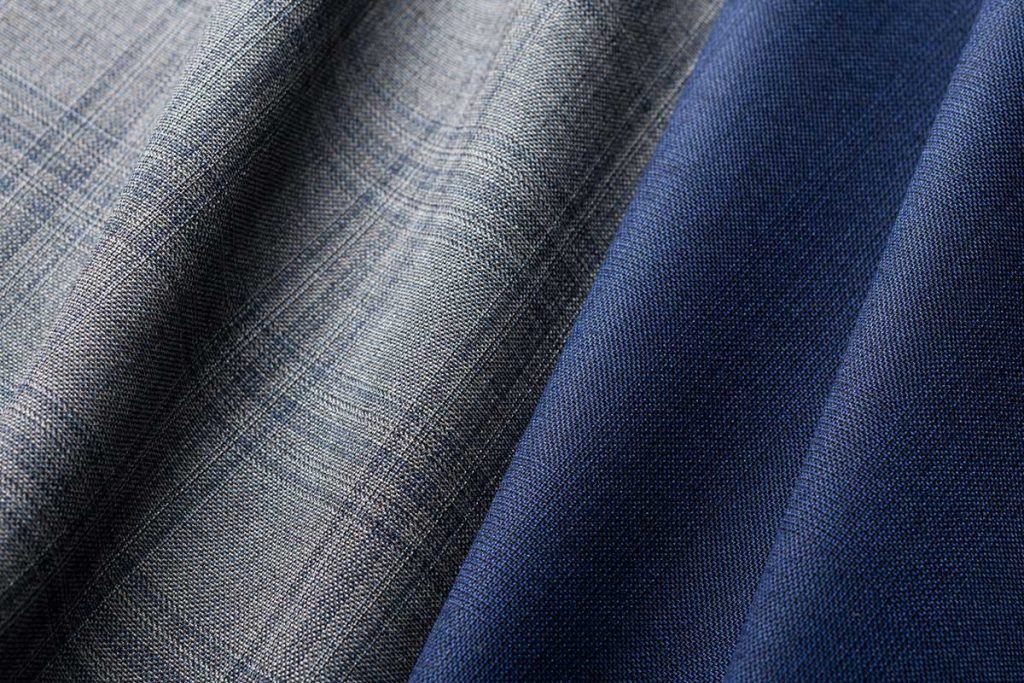
What Super Number Makes The Most Quality Suits?
We don’t mean to be cagey, but the answer is “it depends.”
Generally, Super 100’s through Super 130’s are a sweet spot in which you get a sumptuous handle combined with robust performance. Ranges below Super 100 often perform well but don’t have much in the way of a luxurious feel. Conversely, ranges above Super 130 feel incredible in the hand, but their delicacy means that they won’t perform as well in the long run, breaking down before suits made with lower Super number fabrics. After the Super 180 range, we’re talking about luxury for luxury’s sake.
If you’re making a suit that you plan to wear once or twice a week, go with a Super 120 or thereabouts. If you’re making a tuxedo that you’ll wear maybe once a year, splurge and go for the finer Super 150.
In Conclusion
The world of tailored menswear is chock full of jargon and difficult-to-verify information. The information on this page and the ones to which it’s linked is solid, but there’s also quite a bit of it. If you have questions and/or would like to talk about a consultation, contact us anytime.
